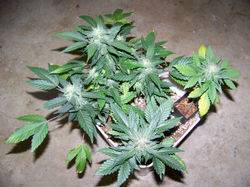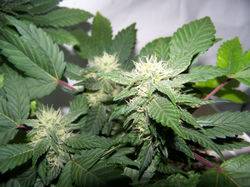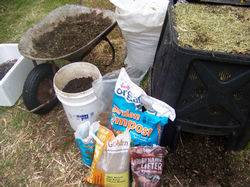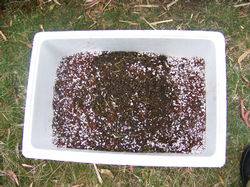ThaiPhoon
Active member
I use rice husk charcoal in my soil. It is perfect because there's no need to crush it! I mix it in with compost and also add a few handfuls of it to each pot. There are other post about tera preta WAYYY back in this thread as well.
Organics is so simple and it is the RIGHT way to grow - outdoors for sure! Modern agriculture is destroying the earth - interestingly enough, the big chem industries responsible for creating the chemy ferts are also at least partly responsible for the prohibition of our beloved plant...go figure....
Peace
Organics is so simple and it is the RIGHT way to grow - outdoors for sure! Modern agriculture is destroying the earth - interestingly enough, the big chem industries responsible for creating the chemy ferts are also at least partly responsible for the prohibition of our beloved plant...go figure....
Peace





 .
.






